by Georgie Smith & Sarah Richards
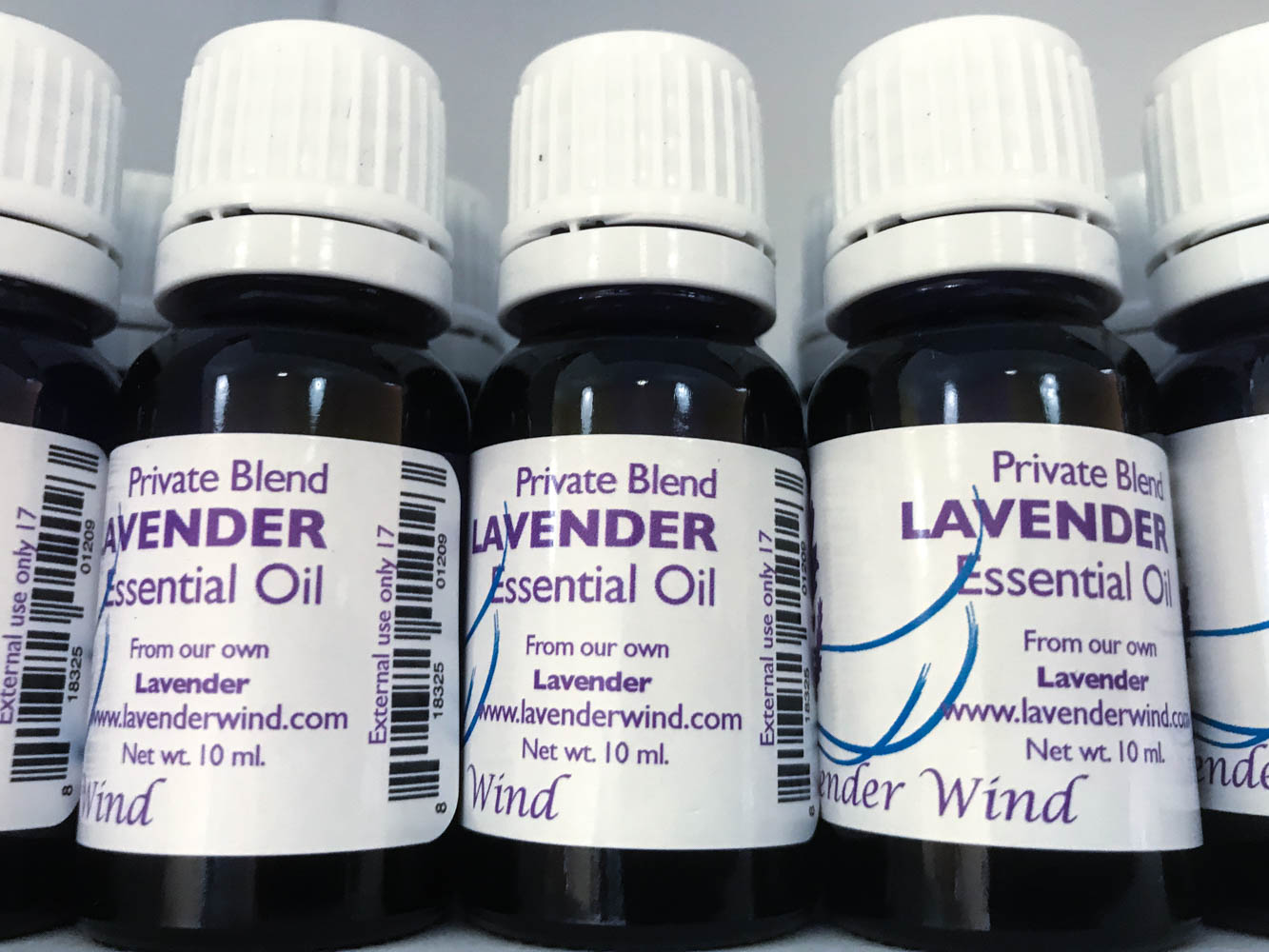
The Basics in Choosing the Right Oil For You
Lavender essential oil is a lot more complicated than its name implies.
More than just a pretty purple plant with a pleasing scent, the ‘essence’ of lavender – the oil distilled from lavender’s aromatic flowers – is increasingly becoming the first choice for problems as wide-ranging as menstrual cramps, respiratory ailments, burn treatment and even used to repel insects.
And the more times therapists, scientists and even laypersons put the ‘power’ of the oil to the test, the more evidence documents not only the wide variety of uses for lavender essential oil but how different species and even different varieties of lavender offer very distinct benefits. Knowing the right choice of lavender essential oil has become increasingly more important in finding the right solution for a specific scent, ailment, or issue.
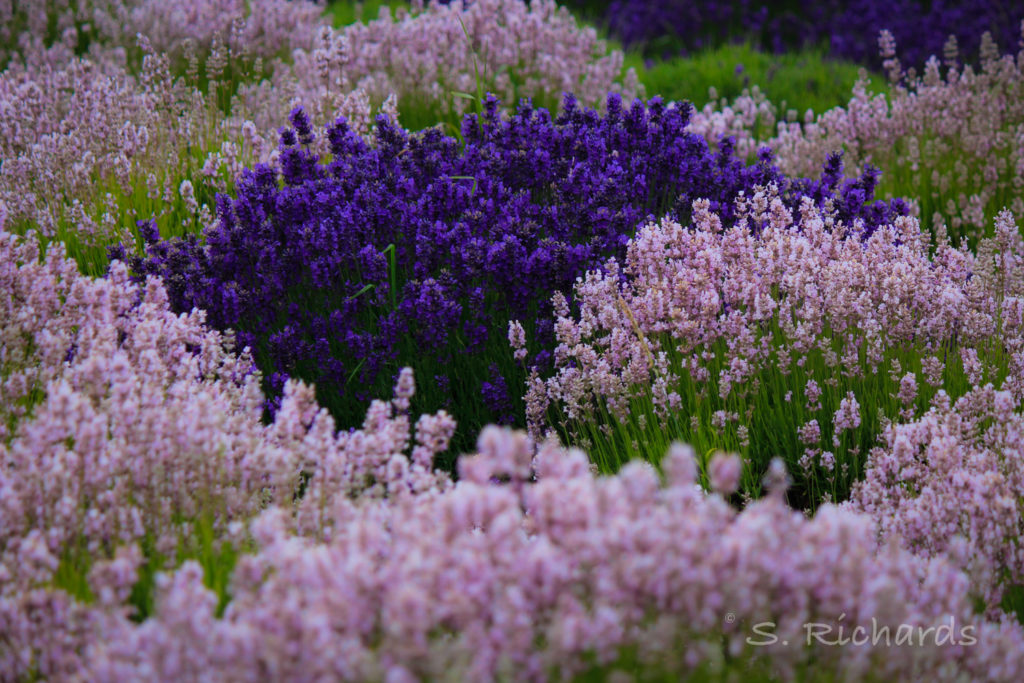
The Lavender Basics – Family, Genus and Species
To understand the complexities of lavender essential oil, let’s start off by going back to high school science class and talk a little bit about biological classification. We’re going to skip down toward the bottom of the inverted ‘taxonomic rank’ triangle and start with “family.”
Lavender is a member of the “Lamiaceae” family. Aka – the ‘mints.’ Lavender’s great-great-great-great (and many more) ancestors were a bunch of smelly mint plants! Both mints and lavender produce large quantities of various constituents including ‘linalool’ and a bunch of other (for chemistry geeks these include perillyl alcohol, linalyl acetate, camphor, limonene, tannins, triterpenes, coumarins, cineole, and flavonoids and about 100 more.) Along with having delightful names, these constituents do all sorts of cool things like fight off bacteria, block and relax chemical receptors in the brain linked with pain, epileptic symptoms and a lot more!
And while the mints marched off in their own direction, sticking with a more culinary theme – chocolate, orange, pineapple and more – lavender decided it had a good thing going with that gently smoothing aroma packing a powerhouse of therapeutic use. And so those plant we all associate as uniquely being ‘lavender‘ evolved. Eventually, scientists arrived on the scene, decided they were all enough similar to have their very own “genus” and hence “Lavandula” was named, characterized, categorized and subsequently cataloged. Go science!
But…because evolution is amazing, that ONE genus of Lavandula, branched off in many different directions creating 47-known ‘species’ within the genus. Each with unique differences in growing habits, scent, oil production, flower appearance and most importantly when we consider essential oil – having distinct chemical properties in their oil useful for varied applications.
Lavender Species Used in Oil Production
In essential oil production, there are four main Lavandula species that are traditionally used in oil production. They all naturally produce varying amounts of different chemical compounds which, in turn, create differences in scent and even more interestingly, differences in application. These chemical properties can be measured via a GC/MS (Gas/Chromatography/Mass Spectrum) report which can help determine the best therapeutic properties of different Lavandula species and varieties.

Lavandula latifolia
L. latifolia is a grass-like lavender plant of Mediterranean origins sometimes called “Spike” lavender.
The oil from this lavender species has a sharper aroma than many other lavenders, with a higher concentration 1,8 cineole (the dominant compound in eucalyptus) and of ‘camphor’ (a compound typically distilled from the camphor tree and commonly used in products like Vick’s VapoRub to treat respiratory and skin issues). With these more stimulating compounds in its make-up, L. latifolia has traditionally been used as a therapy for circulatory, muscular and respiratory issues, useful when strong anti-bacterial action is needed and particularly useful in healing burns.
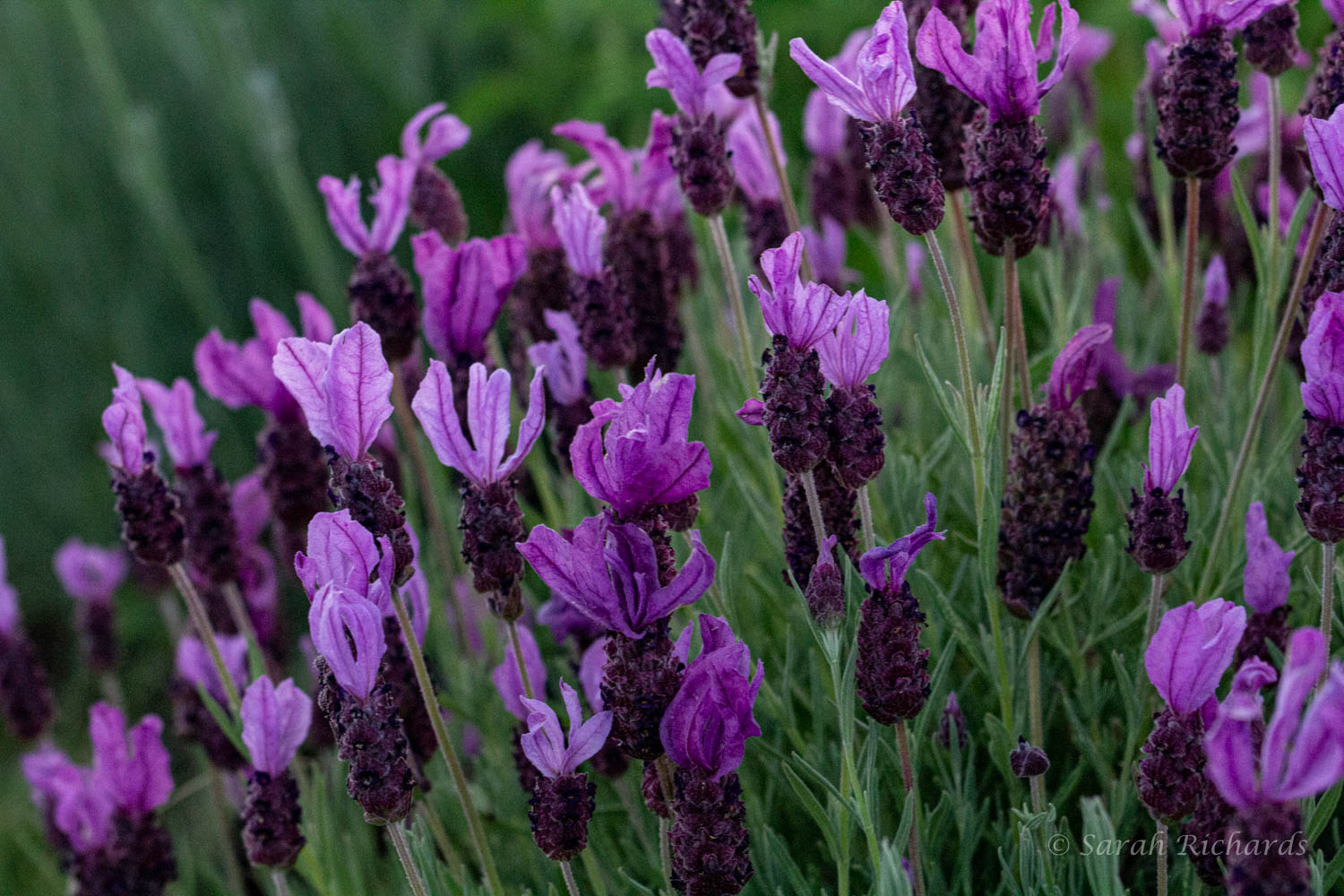
Lavandula stoechas
L. stoechas is a beautiful compact hedge plant with butterfly-like bracts on the top of the flower head. It is often called both French or Spanish lavender. Chemically speaking this species has a much different profile than other lavenders with a lower concentration of linalools and by far, the highest concentration of camphor and 1,8 cineole. It is excellent for anti-microbial and respiratory uses but is powerful enough that if used for therapeutic reasons, it is best done so under the direction of a trained practitioner.
Lavandula angustifolia
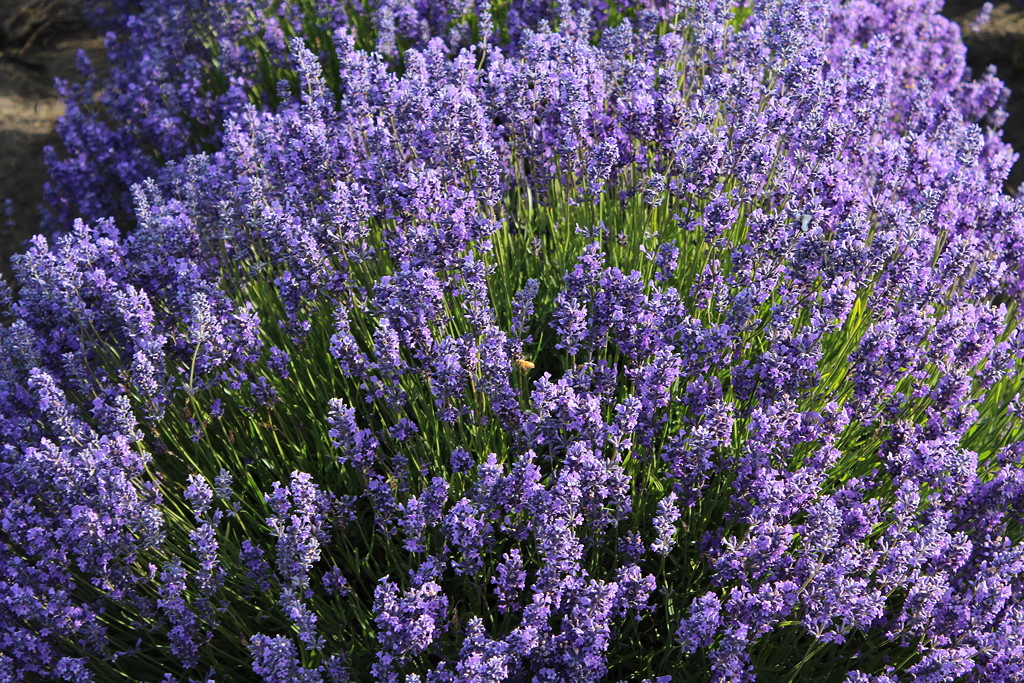
L. angustifolia is a stockier plant with a full flower and is commonly known as “English Lavender”. This is the species that produces a sweeter, softer aroma that is preferred by perfumers and aromatherapists and many lavender fanatics will consider it as the only ‘true’ lavender essential oil. The L. angustifolia oil is high in both linalool and also linalyl acetate which is another powerhouse chemical compound known for supporting a healthy immune system and response. Together these two compounds combine to create what is called in the essential oil world a ‘monoterpenol-ester synergy.’ A fancy way of saying, this is some GOOD stuff!
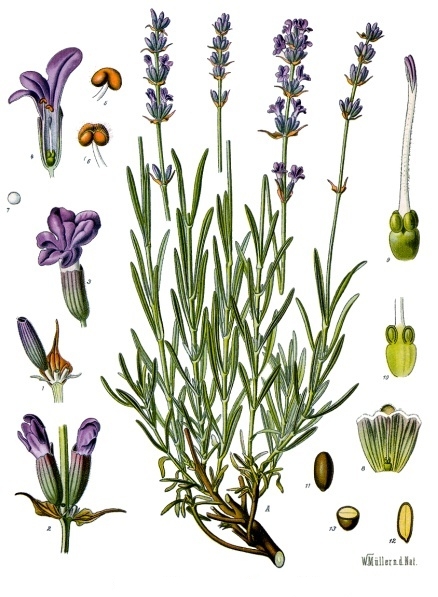
L. angustifolia is considered the best choice for calming the nervous system in many ways. Headaches, stress, anxiety, calming high emotions, enhancing sleep, regenerating skin and also very useful for respiratory concerns including seasonal irritants.
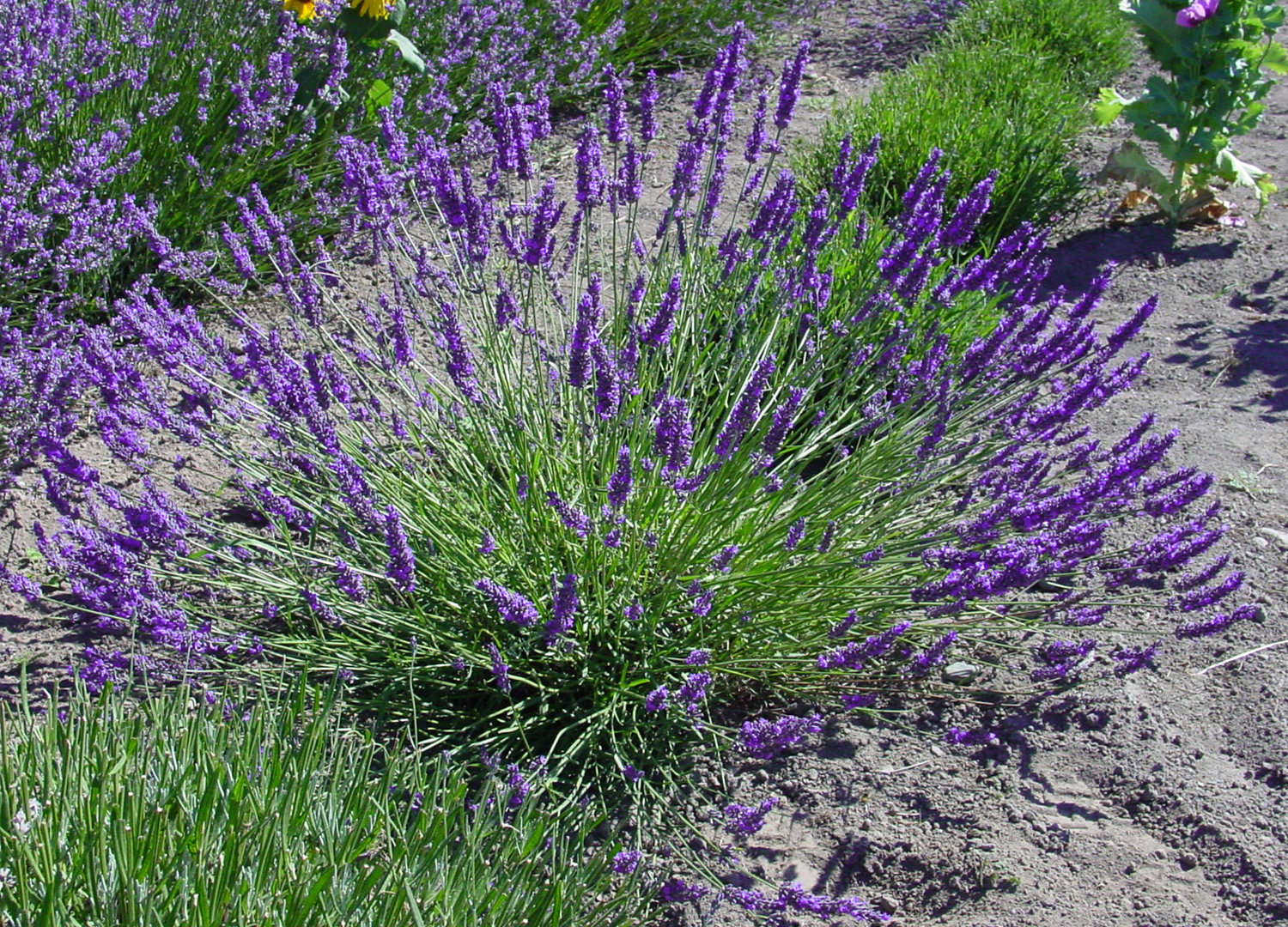
Lavender x intermedia
L. x intermedia is a human-made cross between L. angustifolia and L. latifolia which produces sterile plants. They are often called “Lavandin” plants and the hybrids are a much larger species that create a lot more oil than other species making them a preferred by growers and distillers. Lavandin oil is not considered as fine for aroma therapeutic applications as L. angustifolia, but with a still lovely aroma yet a lower production cost, it is the oil most commonly used in the production of soaps, detergents and skin care products.
Don’t Forget the Lavender Varieties!
And because lavender essential oil truly IS more complicated than most people think, the four main categories of lavender species typically used for oil get broken down into an even further characterization as different ‘varieties!’
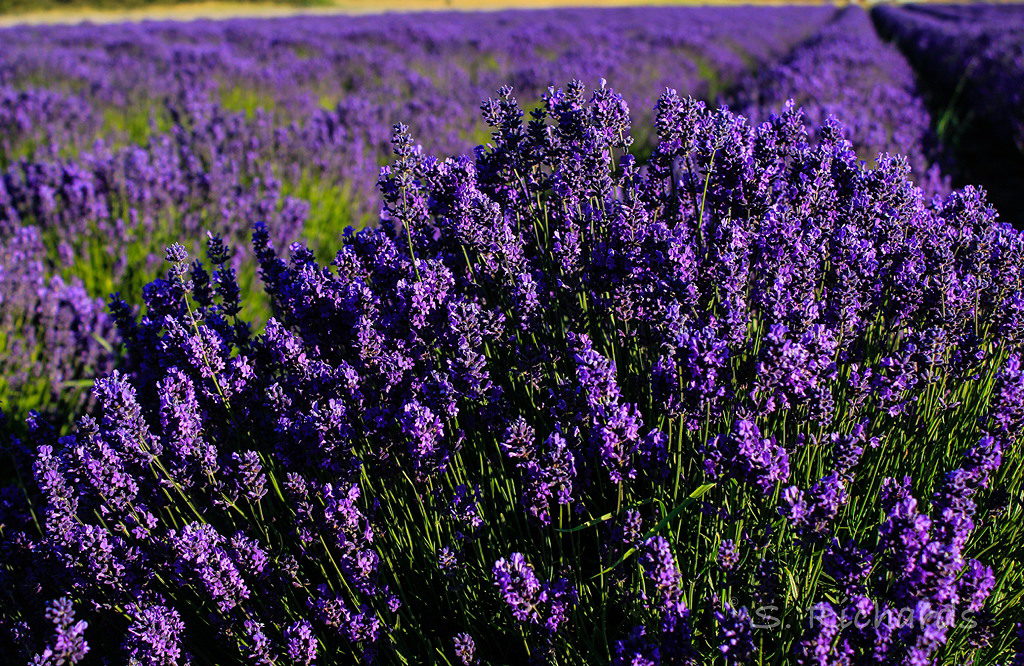
Varieties, sometimes called ‘cultivars’, are plants that show slight differences even though they are really quite closely related. So in lettuce, a good comparison would be iceberg lettuce versus romaine lettuce versus red leaf lettuce. These are all the same species but different ‘varieties.’
When we start geeking out about lavender essential oil, there is more and more anecdotal and scientific evidence being discovered that oils produced from specific varieties are useful in different ways as well. So perhaps that L. angustifolia “Hicote Pink” oil is a better choice for treating burns than the oil from the L. angustifolia ‘Loddon blue.’ Or, maybe you are a professional masseuse and you find that certain clients react better to L. x-intermedia “Grosso” versus L. x-intermedia ‘Super.’ In some cases, one varietal scent will just appeal more and be a more pleasant experience to one person than another.
How to Choose Lavender Essential Oil? Talk to a Lavender Farmer!
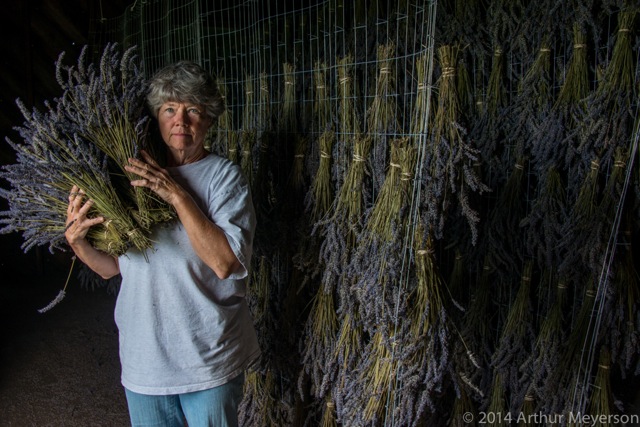
With all the complexities between species and varieties, the best place to go if you are looking to purchase essential oil for a specific application is straight to the source – a small ‘boutique’ lavender grower and distillery. When you talk directly to these lavender experts, you will get the benefit of their first-hand experience in working with the different oils they have grown and used themselves. And, you can even explore smelling and experiencing each of the oils on their own as you enjoy the samples they produce.
Big-scale oil operations are typically purchasing oils not growing it themselves. In large-scale lavender growing regions – such as southern France – cooperatives take all the lavender grown from the various farmers and distill the crop altogether. They keep some of the oil and return the rest to the grower. The grower is not receiving back the oil from the plant they specifically tended, but a mix of the oil from their plants AND all their neighbors.
Within the international market, big distributors will blend various oils and even add specific constituents and compounds to ensure that they are creating the exact same compound from year to year.
These are good techniques for large lavender growing areas, and for large companies that need product stability. But, they sacrifice the specific chemical make-up that the individual species and varieties each produces. And that dilutes the therapeutic benefits that lavender can impart. Those benefits can only truly be gleaned by sourcing distinct, single species and variety oils, sourced from small, custom-grown and distilled, boutique lavender farms and essential oil distilleries.
Keep checking for the next installation of our Lavender Essential Oil Series.
